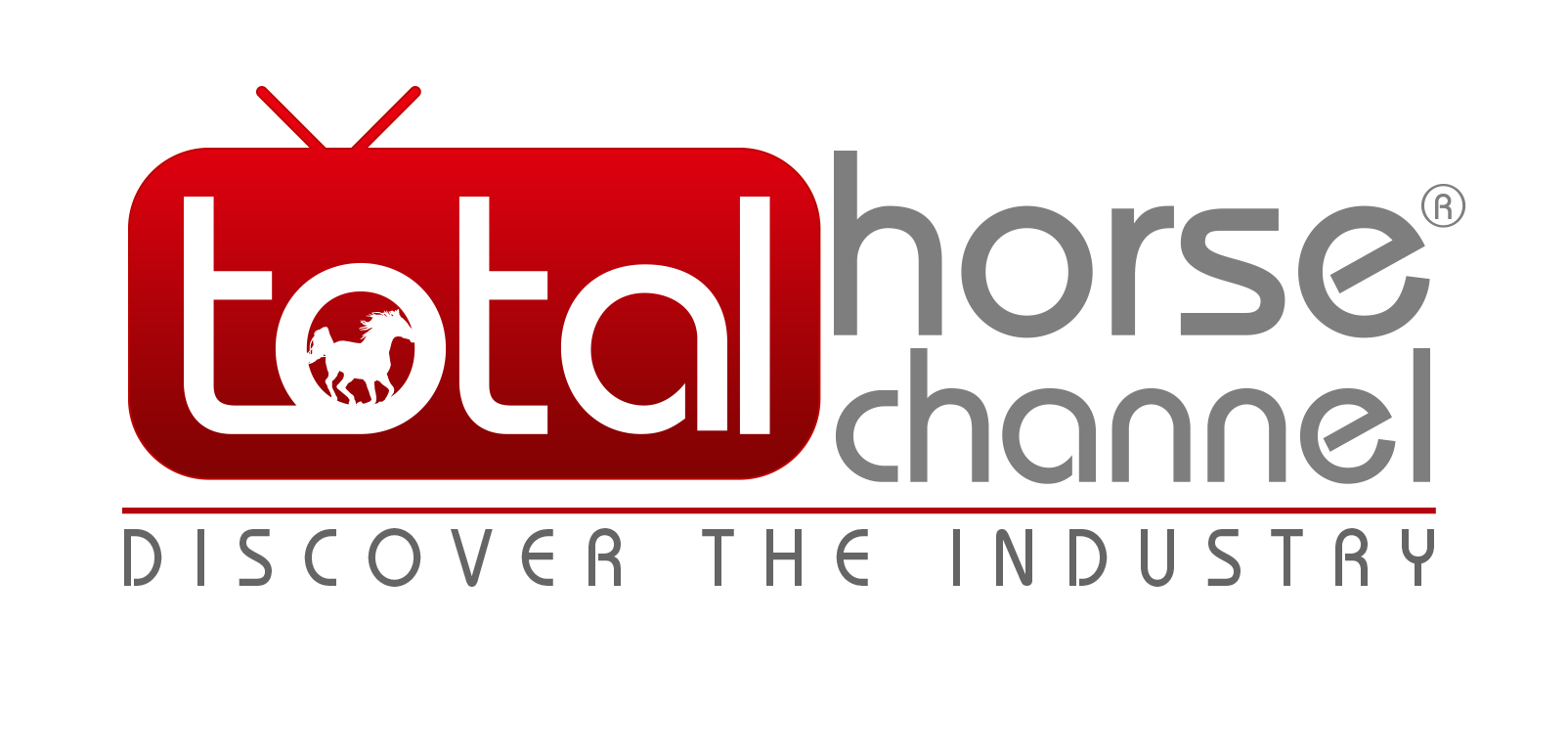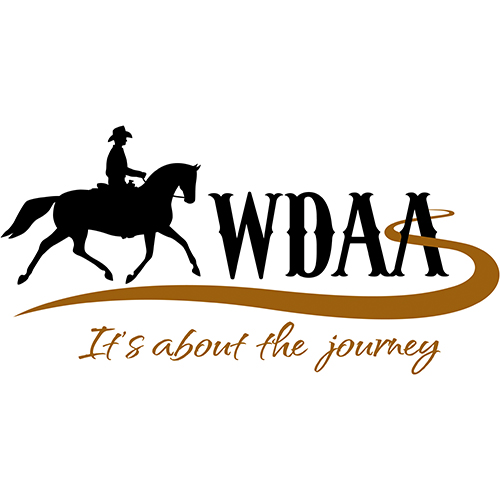Image Source
If you are unfamiliar with a horse racing program, it contains a great deal of information. Various factors must be considered while predicting the likely winners of a horse race.
There are jargon and abbreviations that might make it appear as if you are reading in a foreign language. Beating the bookmaker in horse betting is not easy, but you can increase your chances of success with the correct information and resources.
What is A Horse Racing Program?
Each track and the off-track racing establishment will issue a daily guide outlining the day’s racing program. On average, a racetracks daily card features ten different races. This can change slightly based on the track in question.
Additionally, an online horse betting site will offer a digital program that contains the same information as the paper program. Both printed and digital race programs adhere to a uniform format.
Additionally, when an initial race is run, there is often a 20-minute interval between each subsequent race on the daily card. Bettors can utilize this period to determine the strength of the field for the following event. Consulting horse betting guide plays a critical role in this attempt.
The racing program contains all of the necessary information on each horse entered in a race. Begin with fundamentals, such as the horse’s name and number, and end with the jockey assigned to that race. Additionally, a detailed section is devoted to the horse’s previous performances.
Symbols And Abbreviations For Horse Racing Program
Horse racing terminology can be confusing. Each track, race, and horse may include a ton of information. However, both types of horse racing programs implement symbols and abbreviations:
Types Of Races
Someone interested in horse racing should use a track dictionary to become acquainted with the various race-type abbreviations. However, the following are the most commonly used symbols and abbreviations in races:
● Hst – handicap stake
● Stk – stakes
● Msw – maiden (horse has never won a race)
● Str – starter allowance
● Mcl – maiden claiming (horse has never won a race)
● Alw – allowance
● Hcp – handicap
● Clm – claiming (c=claimed)
● Shp – starter handicap
Equipment And Medications
When comparing horses’ previous performances, race-day equipment and medicine are insignificant. However, it is beneficial to compare form when on medication and while not on medication and with and without equipment.
A horse may have improved as a result of medication and equipment application. The following are the most frequently used abbreviations in this field:
● •: nasal strip being worn
● L: Lasix
● u: change of equipment
● B: Bute
● f: front bandages
● b: blinkers
● n: no whip
● s: nasal strip
Course Conditions
This term refers to the underfoot conditions at a racetrack. Horses are suited to various types of going, and prior performance on similar track conditions is critical when interpreting a horse racing program. The weather and amount of precipitation affect the track conditions.
Knowing how each horse performed on the existing track surface is critical for race analysis. The purpose is to determine which horses are in the best condition, and going is essential in this regard. The following is a comprehensive list of course conditions and their associated abbreviations:
● gd: good
● ft: fast
● hv: heavy
● wf: wet fast
● sf: soft
● sy: sloppy
● fm: firm
● my: muddy
● yl: yielding
● hd: hard
● fz: frozen
● sl: slow
Race Restrictions
This is critical only if a horse has recently turned three and has thus begun to qualify for more challenging races. You must know the following symbols:
● Three up: for 3-year-old horses and up
● S: for State Bred
● R: for restricted
● F: for Filly
How The Race Is Laid Out
The first thing you’ll notice about a horse racing program is how much small print there is. Keep them close at hand as you read through this tutorial if you use reading glasses. The key points are listed are:
● The total prize purse of the race
● The actual track
● The race’s number on the daily card
● The length of the race
Numerous racing shows dedicate an entire day to multiple race tracks. Each track has its very own section program listing its entire daily card. Several additional critical details about each race begin with the racing surface. Dirt or turf are the two available alternatives. While the majority of tracks utilize natural grass for their turf, others may use a synthetic material.
Final Thoughts
A great horse racing program will aid in the fight against the bookmakers when it comes to horse betting. When studying a race, there are numerous aspects and factors to consider. Aspects such as overall records, track conditions, medication, and equipment all contribute to the problem. The online and offline versions serve the same purpose but in distinct formats. How to read a horse racing program is consistent across all media types.






















